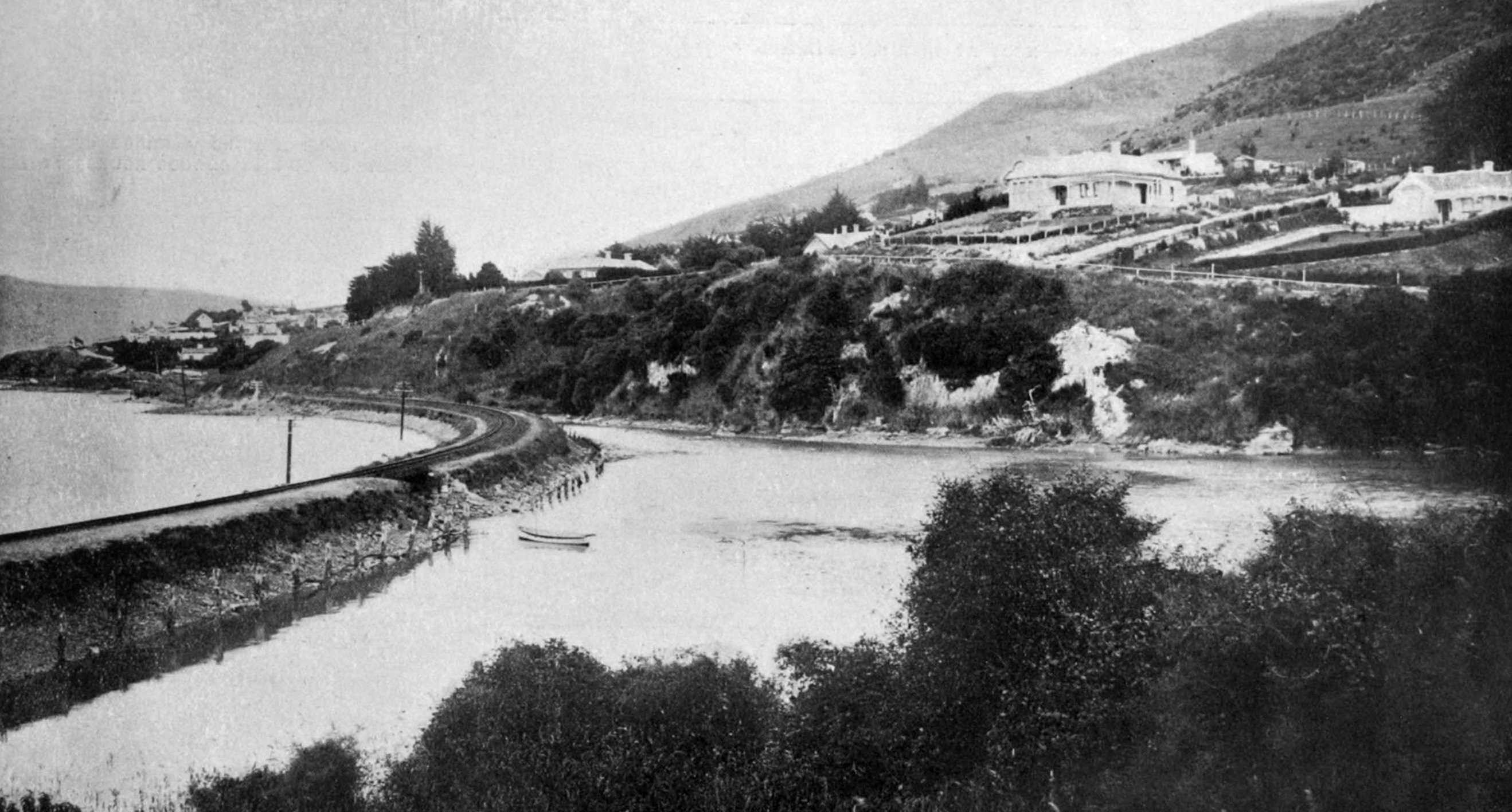
This matter of alleged delay was brought up at a meeting of the Port Chalmers Council, and it was then stated that the Railway Department was being blamed for delay in delivery of the goods at Dunedin. The council considered this should be referred to the Railway Department, and that course was adopted. At last night’s meeting of the Borough Council a letter was received from the Railway Department in reply to the council’s representations. The council received from the district traffic manager the following: "Naturally goods ex ships discharging at Dunedin are subject to less delay than those landed at Port Chalmers owing to the time in transit of the latter from Port Chalmers to Dunedin, but so far as this is concerned, cargoes are dealt with expeditiously.’’

Xanthochromism in NZ birds
The abnormal replacement of another colour by yellow is known technically as zanthochroism, literally "yellow colour". Birds in New Zealand seem to have a greater tendency towards zanthochroism than has been noted in the birds of any other country. Perhaps the most brilliant example of the principle is the skin of a kakapo formerly in one of Sir Waller Buller's collections of New Zealand birds, and now in Canterbury Museum. The kakapo’s regulation dress is metallic green, varied with brown. The specimen in Canterbury Museum is a light, bright and very beautiful yellow from the top of its head to its tail. Two other New Zealand parrots, the kea and the kaka, are subject to zanthochroism. A beautiful kea shot by kea-hunters at the head of the Shotover River, Otago, had a plumage of vivid orange yellow. A kaka sold to a collector many years ago had a plumage generally of canary yellow, with brighter washes of yellow on the breast, shoulders, and wing.
Hillside Rd driver exonerated
An inquiry was held yesterday morning before Mr J.R. Bartholomew SM, sitting as coroner, concerning the death of William John Walker, aged nine years, who met his death as the result of a motor accident in Cargill Road on the afternoon of Saturday, August 11. Mr B.S. Irwin represented the driver of the car, Mr W.G. Hay appeared for the parents of the deceased, and Sub-Inspector Eccles for the police. Albert Trowers, a motorman employed on the Dunedin City Corporation Tramways, said that, on the afternoon in question, he was driving a tram to Carisbrook. When nearing the intersection of Reid and Cargill roads he noticed a motor car coming from the direction of Forbury Corner. The motor was on its proper side. He noticed a boy on his right-hand side. The lad left the footpath and made a dash across the road. The motor car struck him. Witness had a full view of the accident. The Coroner said the witnesses were all agreed that the driver was travelling at a reasonable speed — about 10 miles an hour. The distance in which the car pulled up showed that it could not have been going very fast. The unfortunate fatality was caused by the lad running out from the footpath in front of the motor, apparently not knowing that it was approaching. The evidence of the tramway motorman was reliable. No blame was attachable to the driver of the motor car, and the verdict would be that death was due to a fracture of the skull, accidentally caused by a collision with a motor.
— ODT, 21.8.1923 (Compiled by Peter Dowden)












